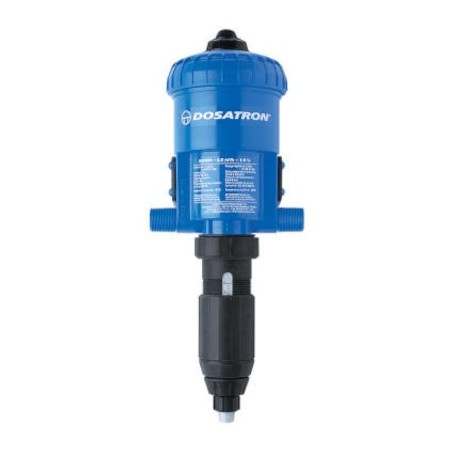This study evaluated how dosing regimen for intramuscularly-administered ampicillin, composition of Escherichia coli strains with regard to ampicillin susceptibility, and excretion of bacteria from the intestine affected the level of resistance among Escherichia coli strains in the intestine of nursery pigs. It also examined the dynamics of the composition of bacterial strains during and after the treatment. The growth responses of strains to ampicillin concentrations were determined using in vitro growth curves. Using these results as input data, growth predictions were generated using a mathematical model to simulate the competitive growth of E. coli strains in a pig intestine under specified plasma concentration profiles of ampicillin.
In vitro growth results demonstrated that the resistant strains did not carry a fitness cost for their resistance, and that the most susceptible strains were more affected by increasing concentrations of antibiotics that the rest of the strains. The modeling revealed that short treatment duration resulted in lower levels of resistance and that dosing frequency did not substantially influence the growth of resistant strains. Resistance levels were found to be sensitive to the number of competing strains, and this effect was enhanced by longer duration of treatment. High excretion of bacteria from the intestine favored resistant strains over sensitive strains, but at the same time it resulted in a faster return to pre-treatment levels after the treatment ended. When the duration of high excretion was set to be limited to the treatment time (i.e. the treatment was assumed to result in a cure of diarrhea) resistant strains required longer time to reach the previous level.

No fitness cost was found to be associated with ampicillin resistance in E. coli. Besides dosing factors, epidemiological factors (such as number of competing strains and bacterial excretion) influenced resistance development and need to be considered further in relation to optimal treatment strategies. The modeling approach used in the study is generic, and could be used for prediction of the effect of treatment with other drugs and other administration routes for effect on resistance development in the intestine of pigs.
Ahmad A, Zachariasen C, Christiansen LE, Græsbøll K, Toft N, Matthews L, Nielsen SS, Olsen JE; Modeling the Growth Dynamics of Multiple Escherichia Coli Strains in the Pig Intestine following Intramuscular Ampicillin Treatment; BMC Microbiol. 2016 Sep 6;16(1):205. doi: 10.1186/s12866-016-0823-3.




